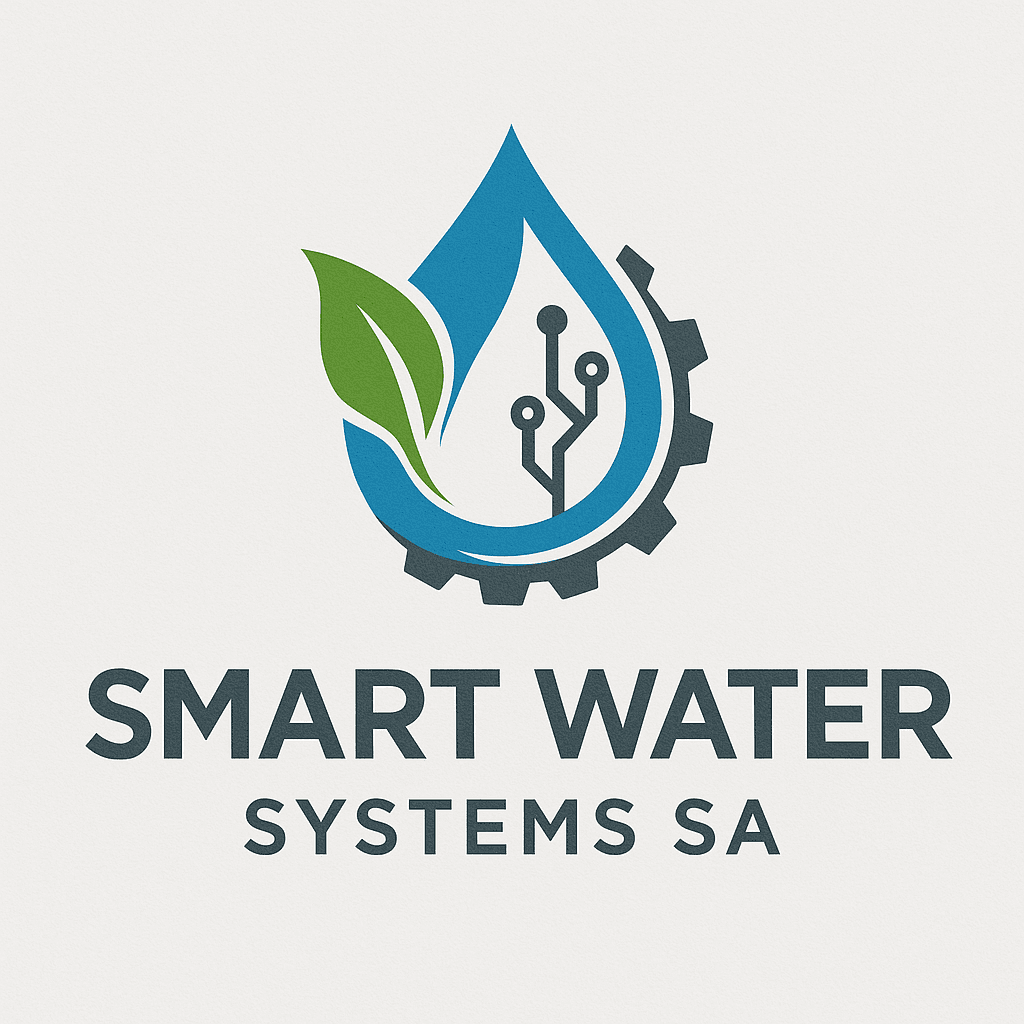Smarter water pumping and monitoring for farms, homes, and guesthouses in the Western Cape
💧 Introduction: The Need for Automation
In rural areas of the Garden Route, Overberg, and Cape Winelands, boreholes are a lifeline. They provide essential water for irrigation, livestock, household use, and guesthouses during municipal restrictions or dry spells.
But manual borehole systems often lead to:
- Wasted electricity
- Pump burnout
- Tank overflows
- Water shortages when you need it most
That’s where borehole automation comes in.
At Smart Water Systems SA, we specialize in automating borehole pumps, tank levels, and pressure systems using smart sensors, controllers, and mobile alerts.
This post explains exactly how borehole automation works, what you need to get started, and how it helps you save money, reduce stress, and use water more efficiently.
⚙️ What Is Borehole Automation?
Borehole automation is the use of sensors, electronic controllers, and timers to automatically manage:
- When your pump turns on/off
- How full your storage tanks are
- The water pressure supplied to irrigation or taps
- Alerts for faults, dry runs, or power issues
This means your entire water system runs on autopilot, with minimal manual intervention.
📦 Core Components of a Borehole Automation System
Let’s break down the main parts of a smart borehole setup:
1. 🧠 Pump Controller (VSD or Smart Switch)
Automatically regulates the motor speed and start/stop logic based on tank levels or pressure.
- VSD (Variable Speed Drive) units ramp the pump up/down smoothly.
- Smart switches prevent pump burnout from dry-run or power surges.
2. 📡 Tank Level Sensors
Mounted inside your JoJo tank or reservoir to monitor water level in real time.
- Ultrasonic, pressure-based, or float-based
- Sends data to the controller or mobile dashboard
- Allows automated stop/start of the pump when tank is full/low
3. 🚰 Pressure Sensors or Flow Switches
Used when water is drawn directly from the borehole (e.g., for irrigation or household use).
- Ensures consistent water pressure
- Triggers pump when taps are opened or irrigation starts
4. 📱 Mobile Alerts / Remote Monitoring (Optional)
Smart modules connected to Wi-Fi, GSM, or LoRa send:
- Water level data
- Pump status
- Error alerts (dry run, power trip, tank overflow)
🌿 How It Works: Step-by-Step Example
Here’s how a basic automated borehole system works for a farm or B&B:
Scenario:
You have a borehole, a pump, and a 5,000L JoJo tank that feeds your house and irrigation.
Step 1: Pump Logic
- The tank level sensor detects when water drops below 40%.
- The controller activates the borehole pump.
- The pump runs until the tank reaches 95% — then shuts off automatically.
Step 2: Protection Features
- If the borehole runs dry, a dry-run sensor turns the pump off instantly.
- If there’s a power spike, the controller protects the pump motor.
Step 3: Mobile Alerts
- You receive a WhatsApp or SMS: “Tank low. Pump running.”
- 45 minutes later: “Tank full. Pump stopped.”
Step 4: Off-Grid? No Problem
- The system integrates with solar inverters or backup batteries if you’re off-grid or semi-grid.
🔍 Benefits of Borehole Automation
✅ 1. Save Electricity
Smart controllers use Variable Speed Drives, which only run pumps at the required speed — saving up to 30% on power.
✅ 2. Prevent Pump Damage
Dry runs and frequent on/off cycling damage pumps. Automation prevents this — extending pump life by years.
✅ 3. Avoid Overflows and Shortages
No more forgotten pumps that overflow your tank. No more waking up to dry taps.
✅ 4. Peace of Mind
You don’t need to “check the tank” — your system tells you when it’s full, low, or off.
✅ 5. Integrate with Smart Irrigation
Automated pumps can feed drip or sprinkler systems, starting only when water is needed.
🌍 Popular Use Cases in the Western Cape
🏡 Smallholdings & Homesteads (e.g., Heidelberg, Riversdale)
- One borehole, one tank, one home
- Auto-refill system with basic SMS alerts
🌾 Farms (Overberg / Cape Winelands)
- Multiple tanks and pumps
- Smart control across orchards, livestock watering points, and packhouses
🛏️ Guesthouses & Lodges (George, Knysna, Stellenbosch)
- Backup water systems triggered during municipal outages
- Peace of mind during tourist season
🛠️ Installation Checklist
Thinking of installing borehole automation? Here’s what you’ll need:
- ✔️ Submersible borehole pump (existing or new)
- ✔️ Pump controller (e.g., DAB, Grundfos, or smart switch)
- ✔️ Tank level sensor (ultrasonic or float)
- ✔️ Pressure sensor (optional for tap/irrigation use)
- ✔️ Power protection or surge arrestor
- ✔️ Wi-Fi or GSM module (if using mobile monitoring)
- ✔️ Local installer or technician familiar with automation
At Smart Water Systems SA, we design and install custom setups suited for your needs and location.
📈 Example ROI – Why It Pays Off
Case Study: A citrus farm in Swellendam
Before Automation:
- Manual pump operation = 5–7 hours/week labour
- 2 pump failures in 3 years from dry runs
- Frequent water overflows
After Automation:
- Zero pump failures in 2 years
- 30% lower electricity cost via VSD
- Time saved: ±30 hours/month
Payback period: 8 months
✅ Summary: Automate Your Borehole, Save Water & Stress Less
Borehole automation is a must-have for water-conscious farmers, households, and tourism businesses in the Western Cape. It saves you:
- 💡 Electricity
- ⏱️ Time
- 🛠️ Maintenance costs
- 💧 Precious water
With smart sensors, remote control, and built-in safety features, you’ll never look at water the same way again.
📞 Want an Automated Borehole System for Your Property?
Let’s design a custom system for your tank, borehole, and pressure needs.
👉 Book a Free Water Assessment Today
✅ Serving the Garden Route, Overberg, and Cape Winelands
🔍 Related Searches (SEO Keywords)
- borehole automation Western Cape
- smart borehole pump South Africa
- borehole tank level sensors
- how to automate a borehole
- rural water automation Cape Winelands
- solar borehole systems Garden Route
